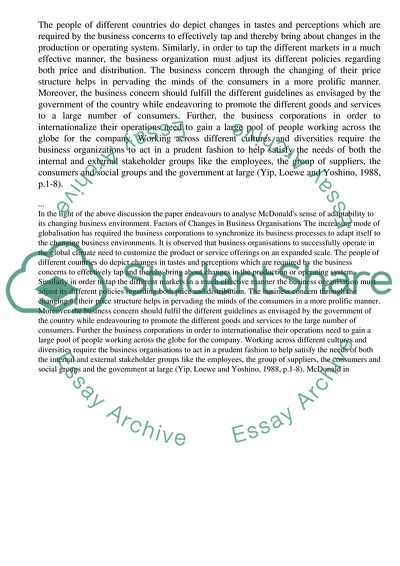Cite this document
(“Management Theory and Practice Essay Example | Topics and Well Written Essays - 2500 words”, n.d.)
Retrieved de https://studentshare.org/business/1391653-management-theory-and-practice
Retrieved de https://studentshare.org/business/1391653-management-theory-and-practice
(Management Theory and Practice Essay Example | Topics and Well Written Essays - 2500 Words)
https://studentshare.org/business/1391653-management-theory-and-practice.
https://studentshare.org/business/1391653-management-theory-and-practice.
“Management Theory and Practice Essay Example | Topics and Well Written Essays - 2500 Words”, n.d. https://studentshare.org/business/1391653-management-theory-and-practice.


